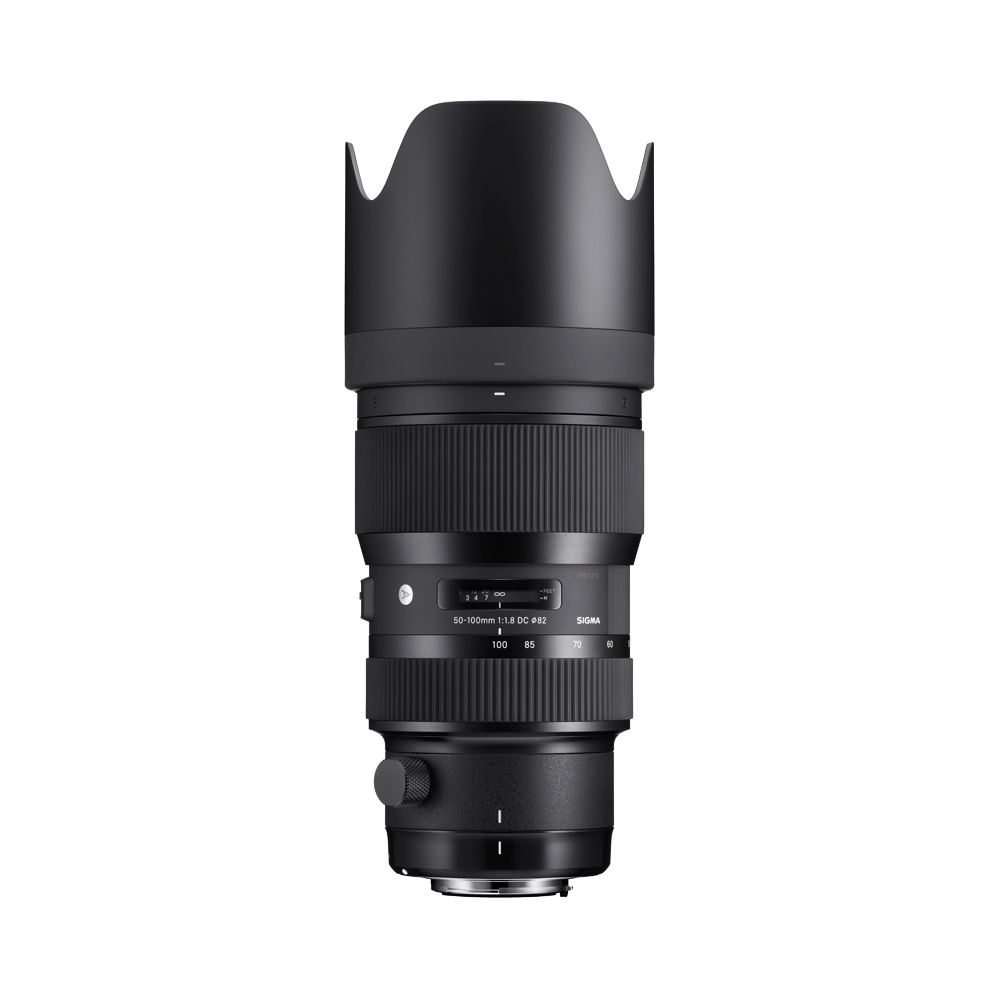
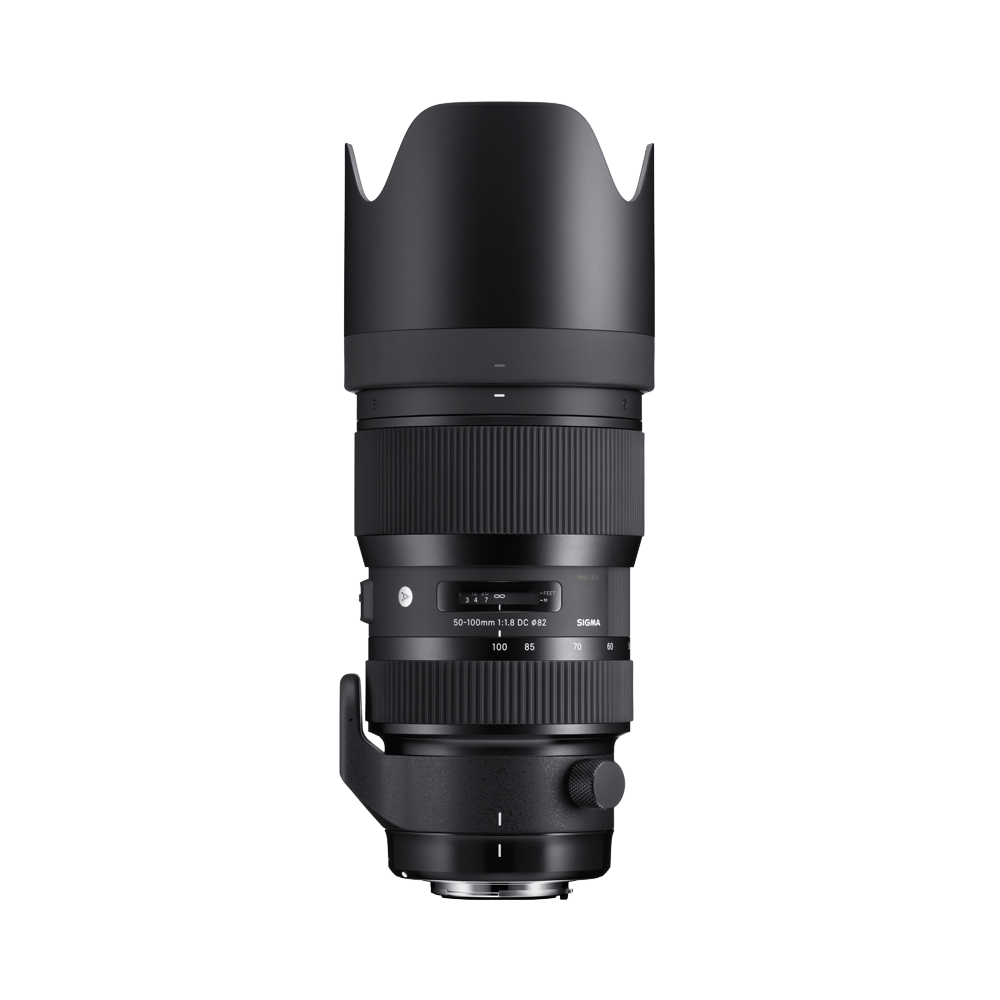
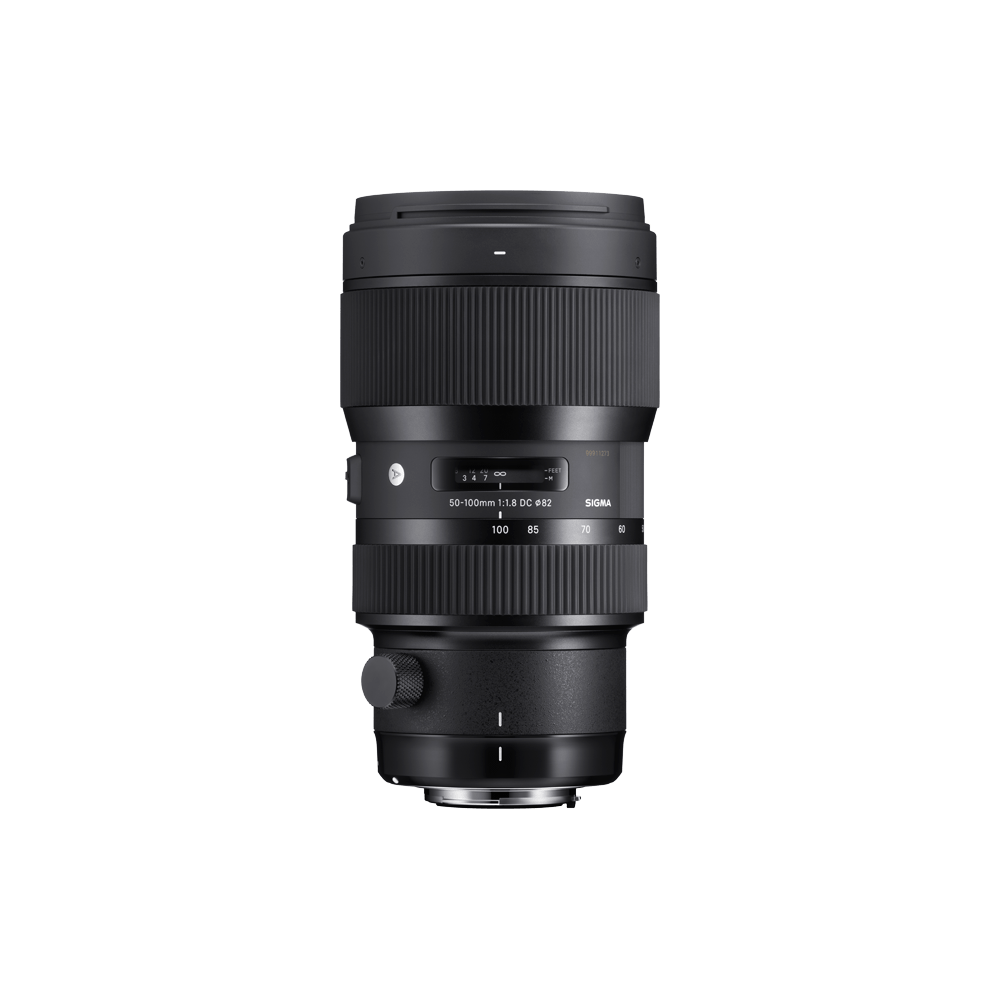
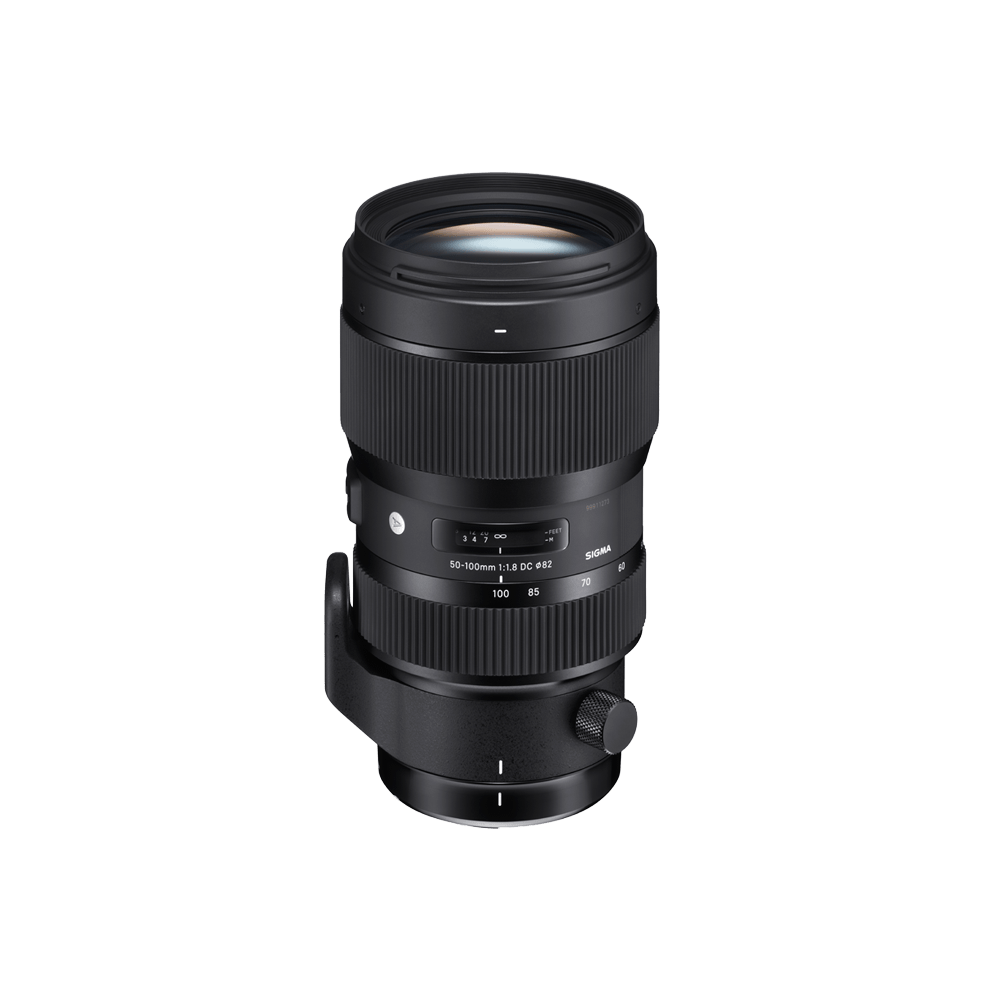




-
Camera Type
DSLR
-
Corresponding Mount
SIGMA SA-mount, Canon EF mount, Nikon F mount
-
Sensor Format
APS-C [DC]
-
Lens Construction
21 elements in 15 groups
-
Angle of View
31.7° - 16.2°
-
Number of Diaphragm Blades
9 (Rounded diaphragm)
-
Minimum Aperture
F16
-
Minimum Focusing Distance
95cm / 37.4in.
-
Maximum Magnification Ratio
1:6.7
-
Filter Size
φ82mm
-
Dimensions (Diameter × Length)
Φ93.5mm × 170.7mm / Φ3.7in. × 6.7in.
*The length of a lens is measured from the filter surface to its mount.
-
Weight
1,490g / 52.6oz.
-
Edition Number
A016
The three-digit code on the surface of the lens is to indicate the year the lens was first released.
(Since it is different from the year of manufacture, the release year and edition number may not match depending on the mount.) -
Supplied Accessories
・Case
・Petal Type LENS HOOD LH880‒02
・FRONT CAP LCF-82mm III
・REAR CAP LCR II -
Mount / Product Barcode
SIGMA SA-mount:00‒85126‒69356-5
Nikon F mount:00‒85126‒69355-8
Canon EF mount:00‒85126‒69354-1 (discontinued)
-
Camera Compatibility
LINK
-
All figures calculated by Sigma SA mount.
Appearance and specifications are subject to change without notice.
* Vignetting will occur if the lens is used with image sensor larger than APS-C size or 35mm SLR, and APS Film SLR cameras. To find the 35 mm camera equivalent focal length, multiply the DC lens focal length by the “crop factor” (digital multiplier) of 1.5~1.7, depending on the brand of DSLR camera on which the lens will be used.
-
Technologies that realize Art line image quality in a zoom lens

-
FLD glass, SLD glass, and high-refractive index, high-dispersion glass help minimize aberrations
To help minimize axial and transverse chromatic aberration, this lens features an optimal arrangement of three (*)FLD (“F” Low Dispersion) glass
elements, one SLD (Special Low Dispersion) glass element, three high-refractive index SLD glass elements, and one high-refractive index, high-dispersion glass element. By including one or more low-dispersion element in every element group, this lens ensures outstanding image quality throughout the zoom and focal range.(*)FLD ("F" Low Dispersion) glass
FLD glass is ultra-low-dispersion glass that offers performance of the highest level. Highly transparent, its refractive index and dispersion are extremely low as compared to conventional types of glass. It offers characteristics very similar to those of fluorite, which is valued for its anomalous dispersion. These characteristics minimize residual chromatic aberration (secondary spectrum), which cannot be corrected by ordinary optical glass, while helping to produce sharp, high-contrast images.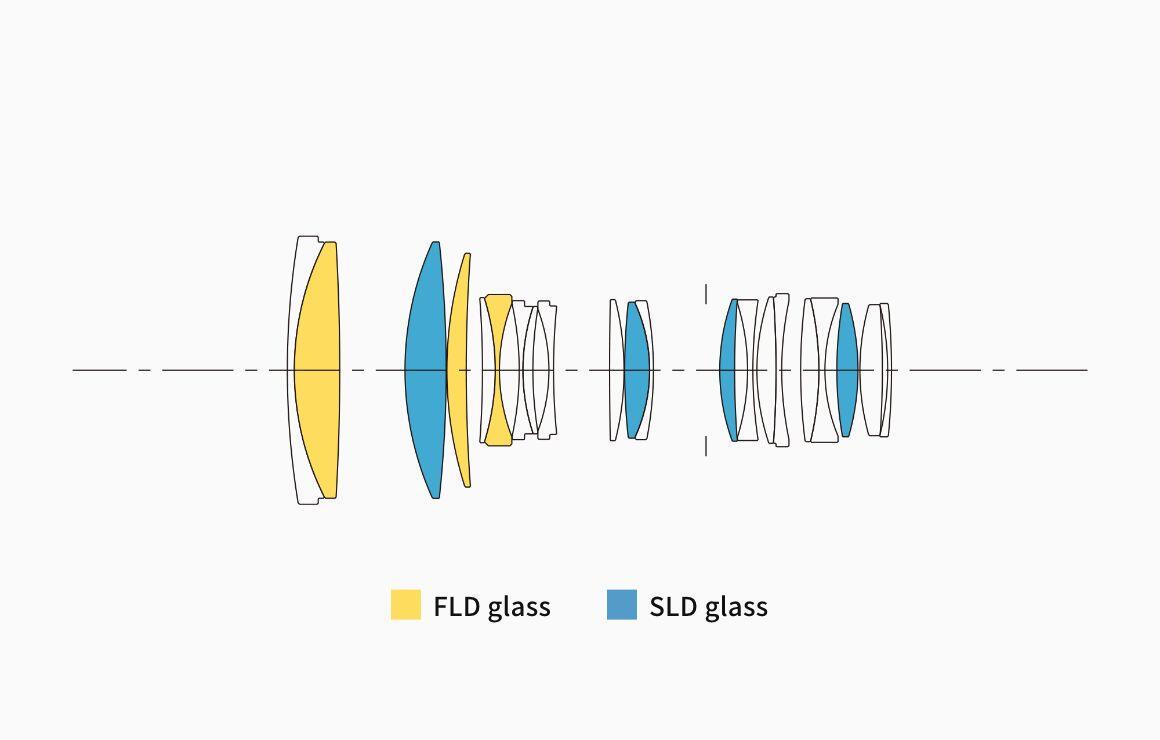
-
Featuring a newly designed Hyper Sonic Motor
To achieve outstanding image quality and F1.8 brightness, Sigma has enhanced its Hyper Sonic Motor (HSM). Optimizing the layout as well as the shapes of the individual parts, Sigma has made the HSM 30 percent slimmer than before. In turn, this slimmer HSM has made possible the combination of F1.8 brightness and high image quality in a zoom lens. As with the previous Sigma HSM, at any time during AF, users may access MF simply by rotating the focus ring. This feature makes faster focus adjustment possible, since there is no need to use the AF/MF focus mode switch. Also, the optional Sigma USB DOCK allows the user to set the lens to conventional full-time manual focus override.
Note: The operation of full-time MF may vary based on mount type.
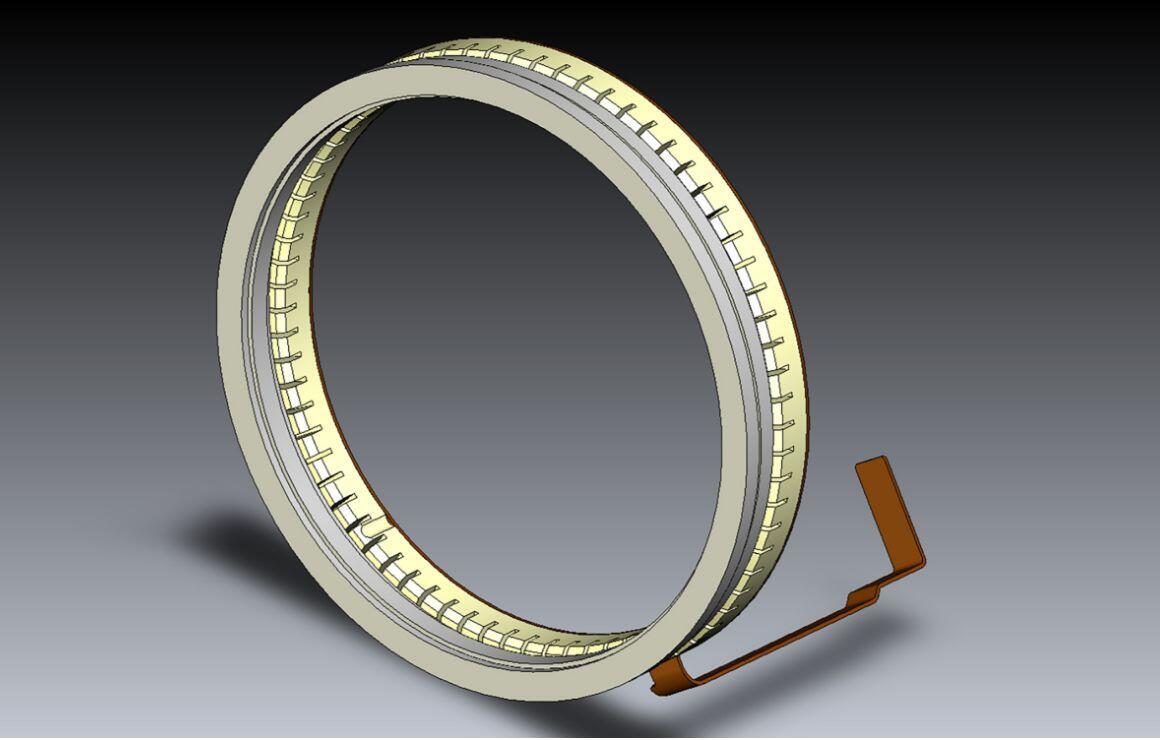
-
Diaphragm unit designed for smooth operation
The diameter of the diaphragm is the second-largest in the Sigma lens lineup after that of the Sigma 200-500mm F2.8 /400-1000mm F5.6 EX DG, necessitating smoother and quicker operation than ever before. To achieve this goal, the diaphragm blades feature Carbon Feather film, and the diaphragm unit features a new polycarbonate made with fluorine. Thanks to these innovations, diaphragm operation is exceptionally smooth even during continuous shooting, while the new polycarbonate is exceptionally durable and wear-resistant.
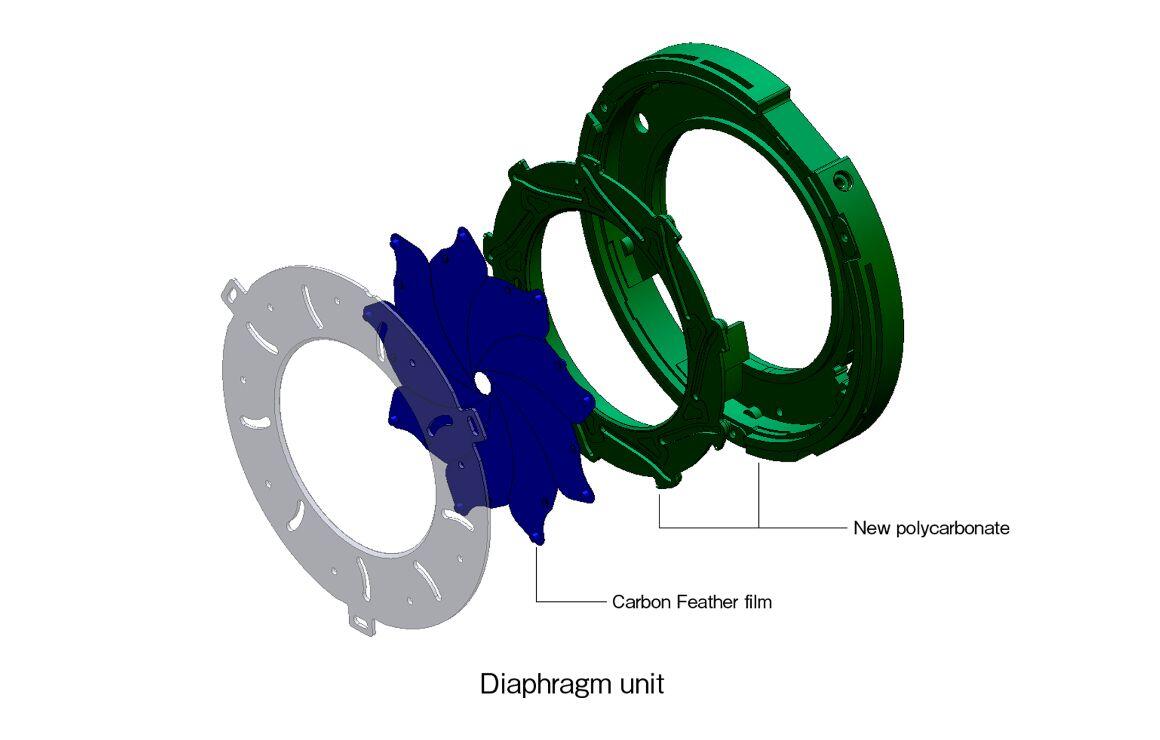
-
Designed to minimize flare and ghosting
From the start of the design process, Sigma measured flare and ghosting to establish an optical design that is resistant to strong incidental light sources such as backlight. At the prototyping stage, Sigma used not only simulations but actual photographic experiments to assess flare and ghosting under multiple criteria, identify the causes of these issues under a wide range of situations, and take measures to mitigate them. In addition, Sigma’s Super Multi-Layer Coating helps further reduce flare and ghosting and provide sharp, high-contrast images even in backlit conditions.
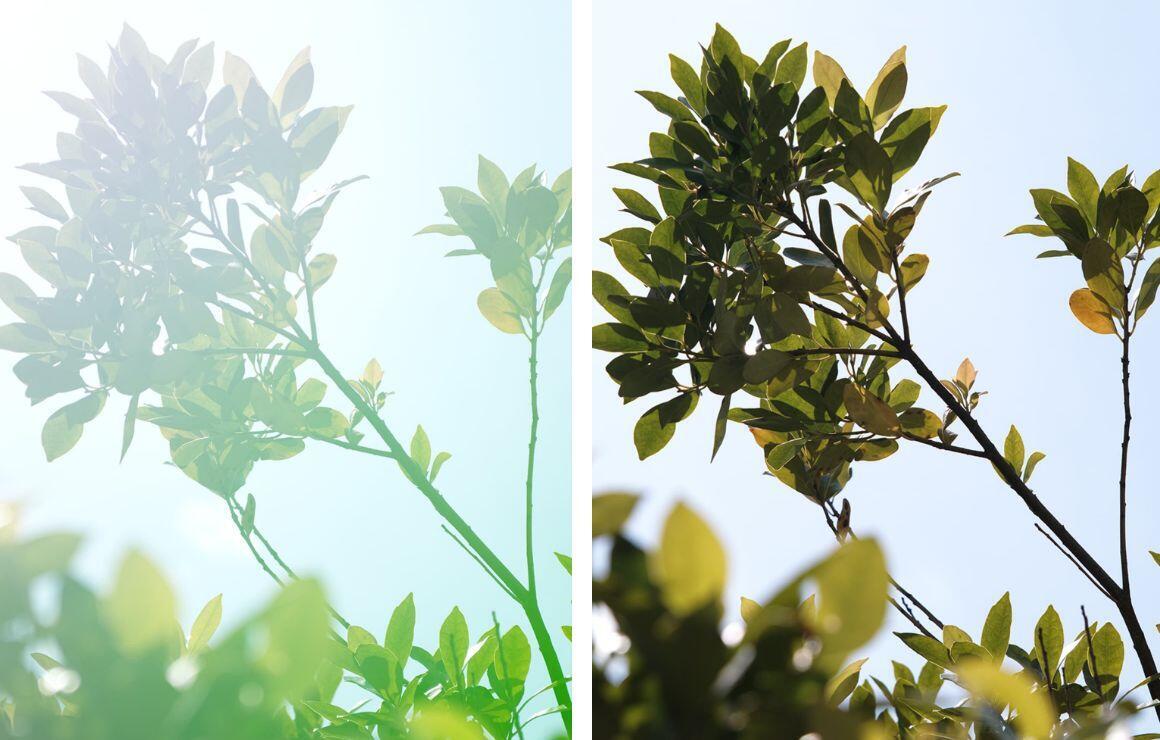
-
Outstanding zoom lens maneuverability
Realizing the style of operation the same with the Sigma 18-35mm F1.8 DC HSM | Art.

-
Inner focus and inner zoom
Since its release, the Sigma 18-35mm F1.8 DC HSM | Art has been widely used for videography. Understanding that the Sigma 18-35mm F1.8 DC HSM | Art and new Sigma 50-100mm F1.8 DC HSM | Art will often be used together, Sigma has made the style of operation the same for both lenses, including the feel of focusing and zooming. Thanks to Sigma’s inner focus and inner zoom technologies, adjusting the focus and zoom rings does not change the length of the lens, and turning the zoom ring is not prone to cause focus shift.
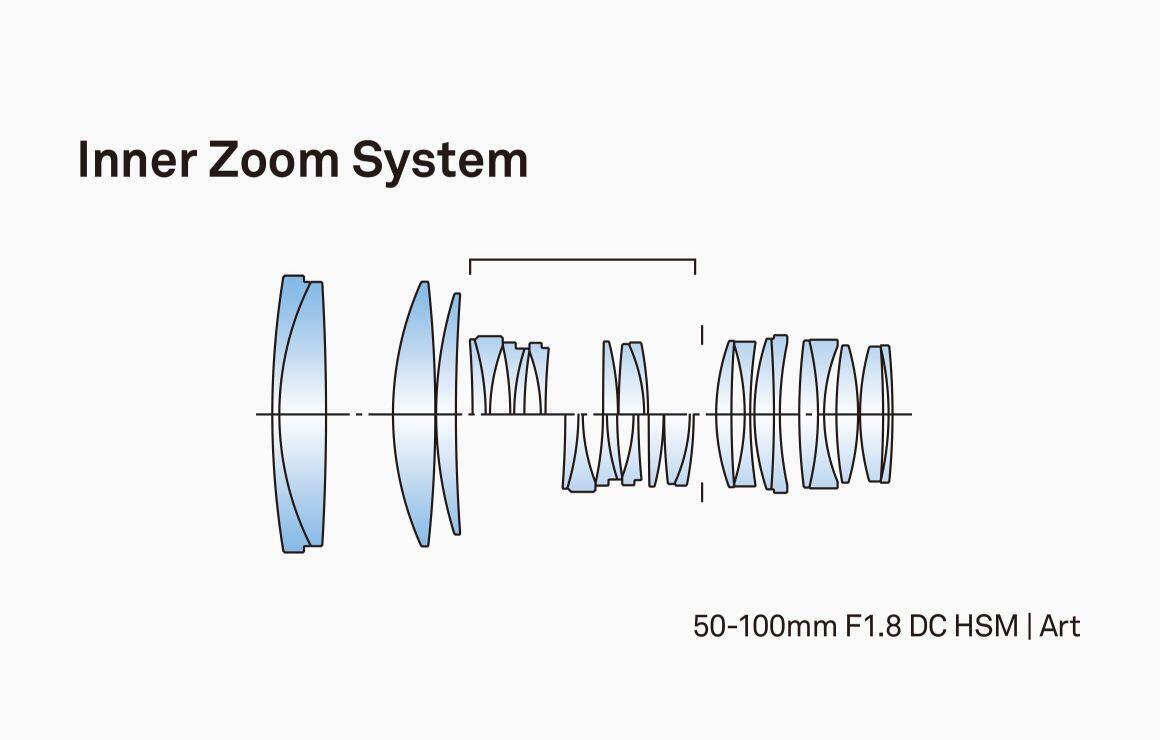
-
Tripod socket designed for stable, comfortable operation
The tripod socket is compact, making operation more stable and comfortable during handheld photography. Parts with electro-less nickel plating help ensure the quality and durability of the 90-degree click stops and smooth switching between the horizontal and vertical position. The shape of the socket also enhances ease of handling and carrying when the lens is not attached to a camera.
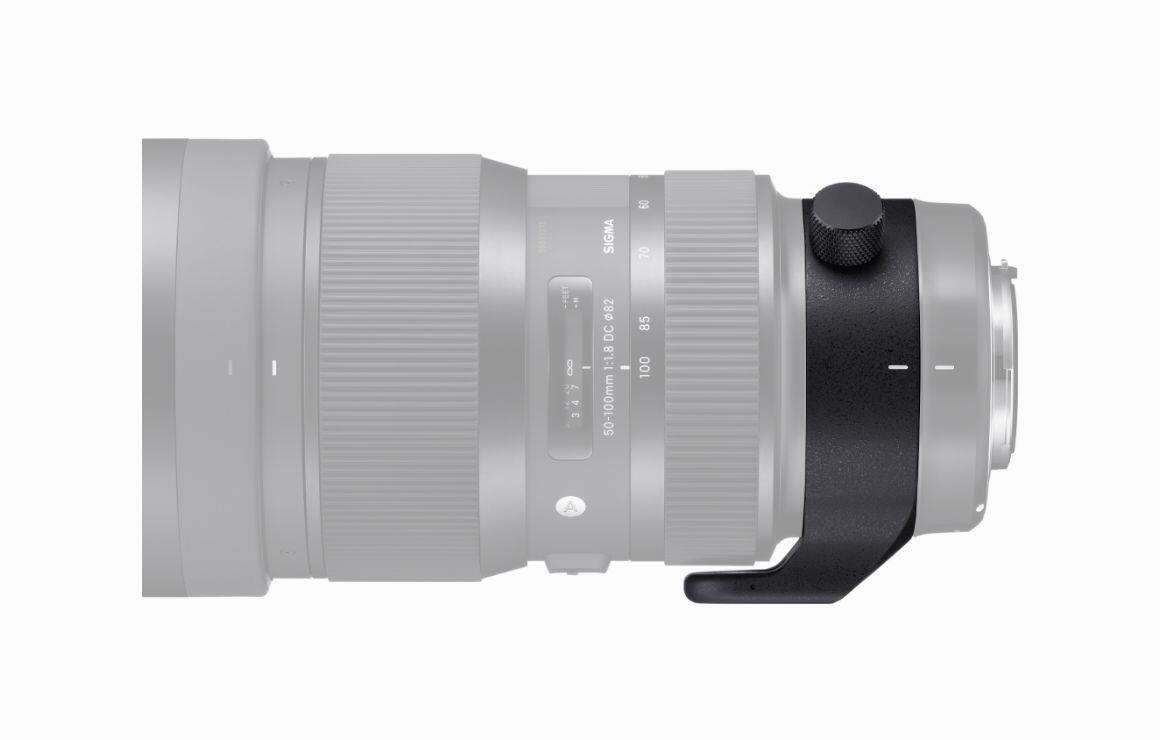
-
Exclusive low-dispersion glass
The degree to which light is refracted by glass depends on the light’s wavelength. This fact causes different colors of light to focus at slightly different points. The result is chromatic aberration, the color fringing that is particularly noticeable in telephoto lenses. Most chromatic aberration can be removed by combining a high-refractivity convex lens element with a low-refractivity concave element. Yet residual chromatic aberration known as “secondary spectrum” may still remain. To minimize this secondary spectrum, which can be a serious issue with conventional lenses, Sigma lenses feature up to three types of exclusive low-dispersion glass offering superior performance: ELD (Extraordinary Low Dispersion), SLD (Special Low Dispersion) and FLD (“F” Low Dispersion). In particular, FLD glass offers ultra-low dispersion in combination with high transmittance and the anomalous dispersion characteristics of fluorite. Meticulous deployment of these types of exclusive low-dispersion glass and optimization of power distribution gives Sigma lenses superlative image rendition undiminished by residual chromatic aberration.
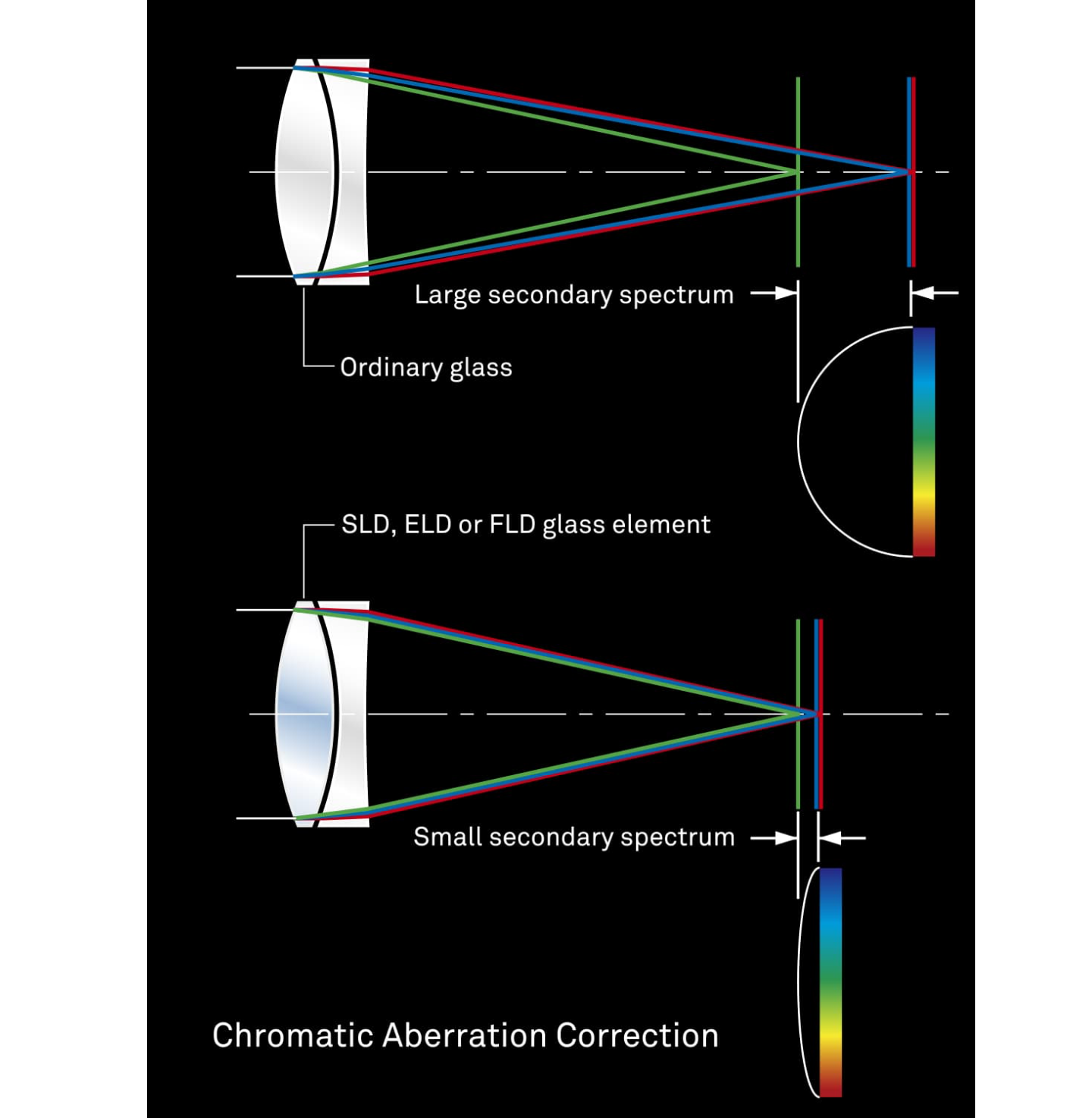
-
The Design Concept
In our new product lines, the lens caps and AF/MF switches are newly designed to improve usability. To ensure precise operation, internal parts feature generous use of metal and (*)TSC (Thermally Stable Composite) , which is highly compatible with metal parts. The lens barrel is engraved with the year of release for instant access to this information.
(*)TSC (Thermally Stable Composite)
TSC (Thermally Stable Composite) is a type of polycarbonate with a thermal expansion rate similar to that of aluminum. It has high affinity to metal parts which contributes to high quality product manufacturing. -
Rounded diaphragm
The 9-blade rounded diaphragm creates an attractive blur in the out-of-focus areas of the image.

-
High-precision, rugged brass bayonet mount
The brass mount combines high precision with rugged construction. Its treated surfaces and enhanced strength contribute to the exceptional durability of the lens.
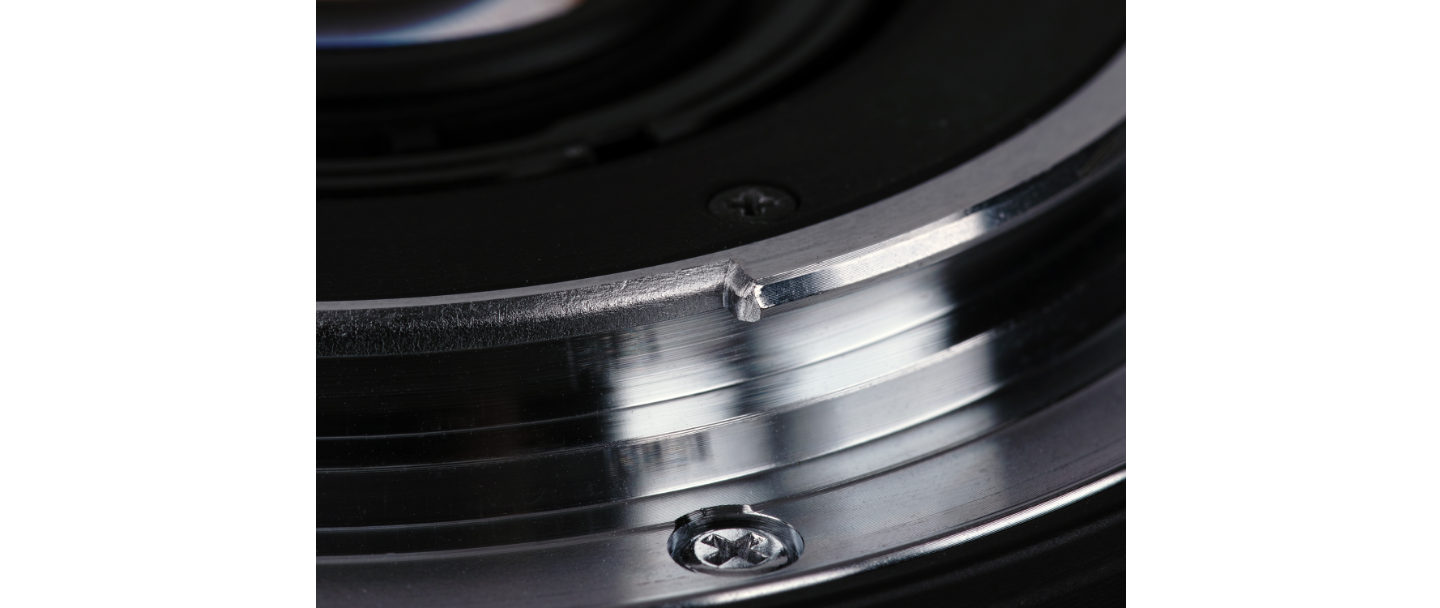
Lens construction
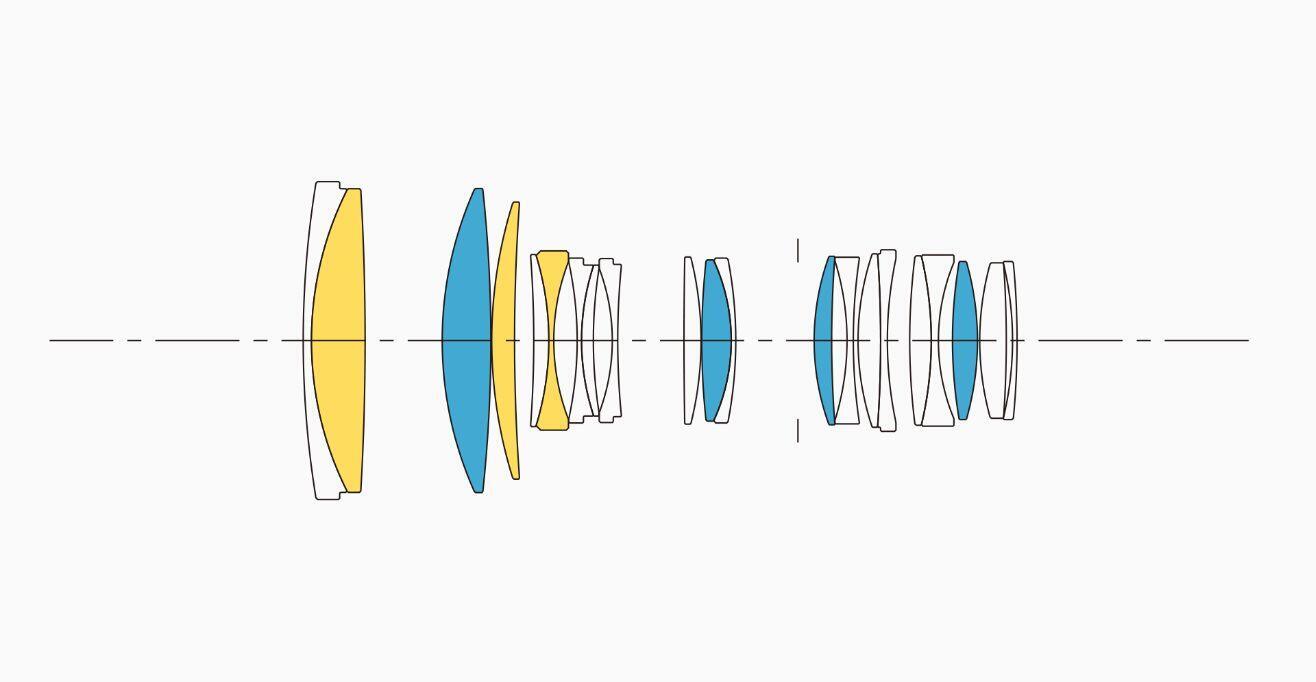
FLD glass
SLD glass
MTF Chart
The MTF (Modulation Transfer Function) is one of the measurements for evaluating a lens’ performance, and it shows how faithfully the contrast of the subject can be reproduced on the image plane. The horizontal axis shows the image height (distance from the center of the image in mm) and the vertical axis shows the contrast value (maximum value is 1).
The closer the 10 line pairs/mm curve is to 1, the higher the contrast and clarity of the lens is, and similarly, the closer the 30 line pairs/mm curve is to 1, the better the resolution and sharpness of the lens is.
*The MTF chart depicts the result at the wide-open aperture.
*For mirrorless lenses that support distortion correction, the horizontal axis shows the image height equivalent to when an L-Mount lens is attached to a Sigma L-Mount camera with distortion correction applied. (The effect of distortion correction may differ depending on the mount and camera used.)
*The spatial frequency indicates the variation on the image plane before distortion correction is performed.
-
Spatial frequency
S:Sagittal Line
M:Meridional Line
-
10lp/mm
-
30lp/mm
Diffraction MTF
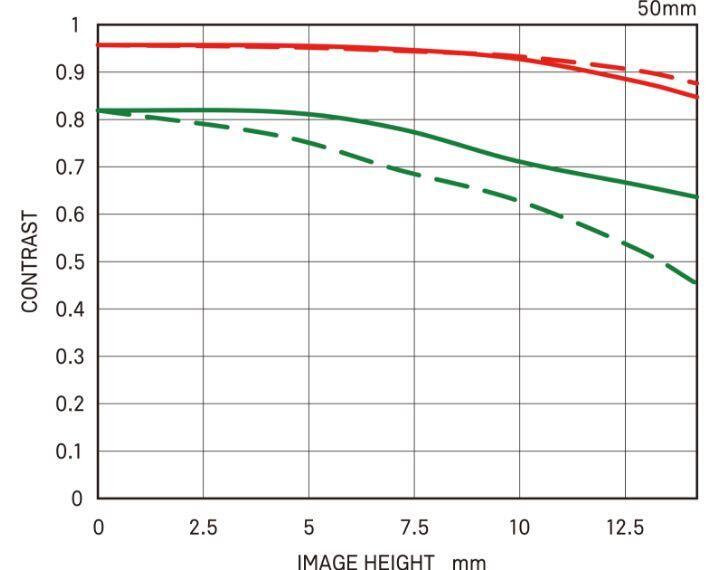
Diffraction MTF
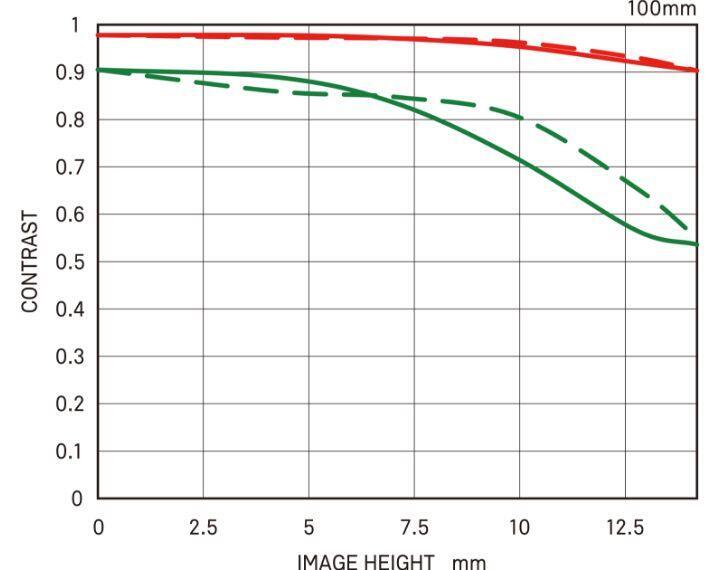
Distortion
effective distortion
When you take a picture of a lattice pattern, it will appear as the blue dotted line shows. The red line illustrates how the lattice pattern will appear in the actual picture when any lens distortion is taken into account.
relative distortion
In this chart, the horizontal axis shows the ideal image height (the distance from the center to the edge of the image [mm]). The vertical axis shows the extent of distortion. The extent of distortion is represented by how much Y, which is the actual image height, grows (or shrinks) against Y0 which is the ideal image height.
When you take the picture of a square object, if the distortion amount shows a minus value, the image will be seen as expanded (Barrel distortion). If the distortion amount is a plus value, it will be seen as a recessed (Pincushion distortion). When the distortion value is close to 0, the appearance of distortion is very minimal.
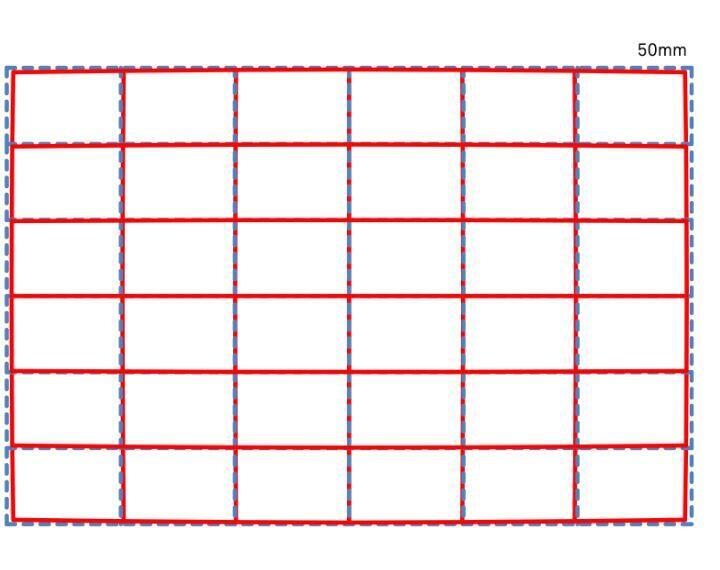
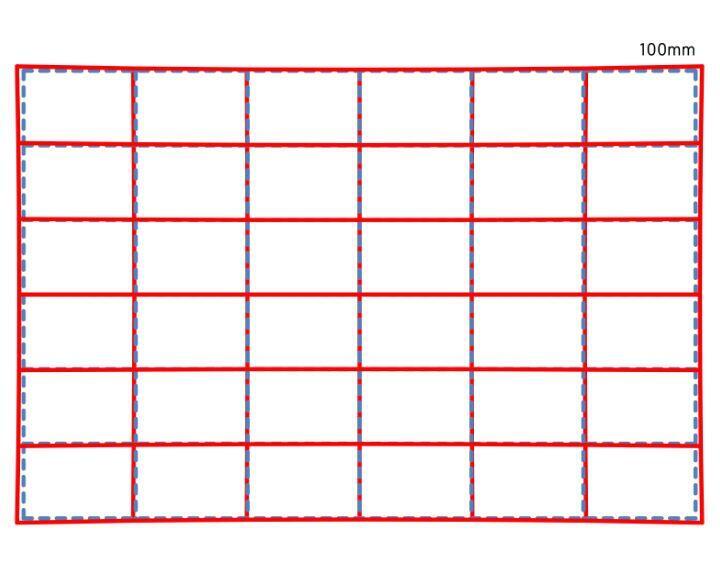
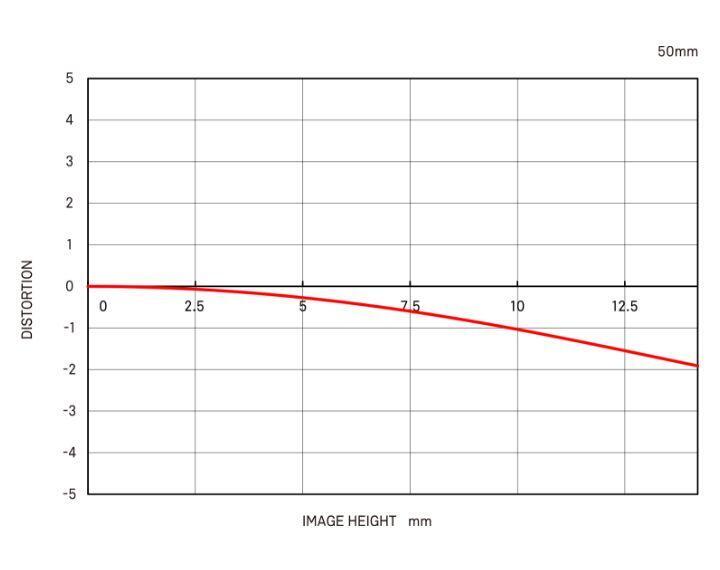
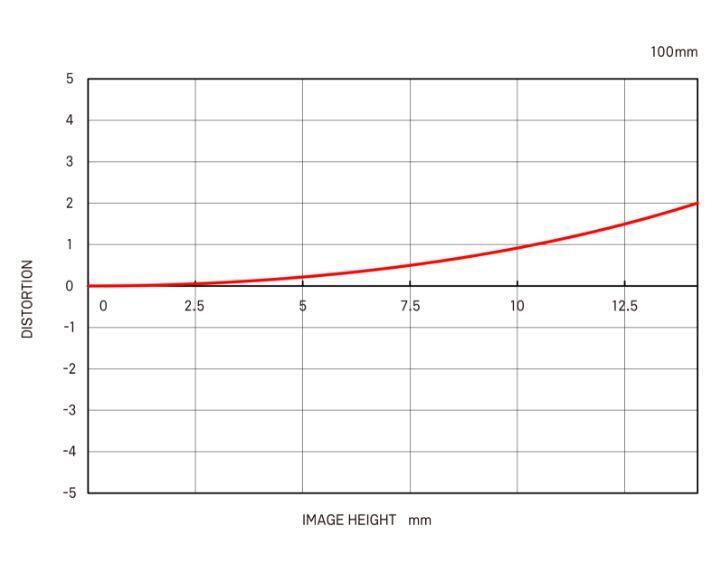
Vignetting
The horizontal axis shows the image height (the distance from the center to the edge of the image [mm]).The vertical axis shows the amount of light in the image (based on the amount of light in the image center being 100%). If the peripheral amount of light is lower than the center, the four corners of image will be darker (vignetting).
-
F1.8
-
F4.0
-
F8.0
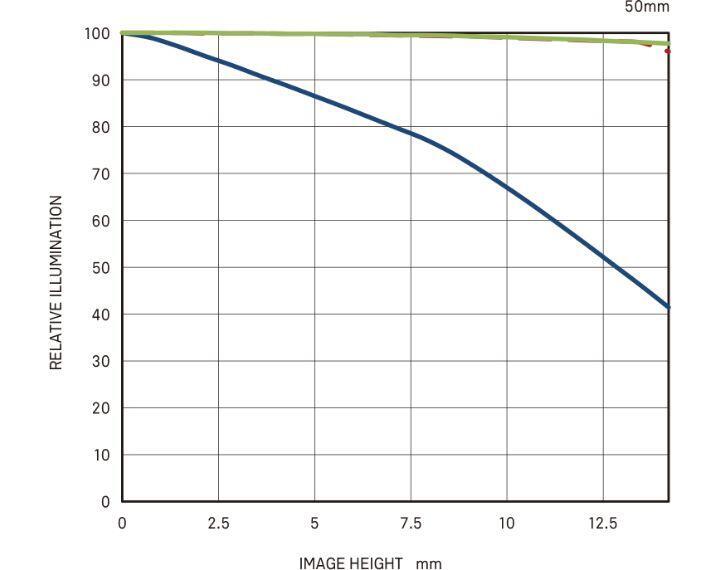
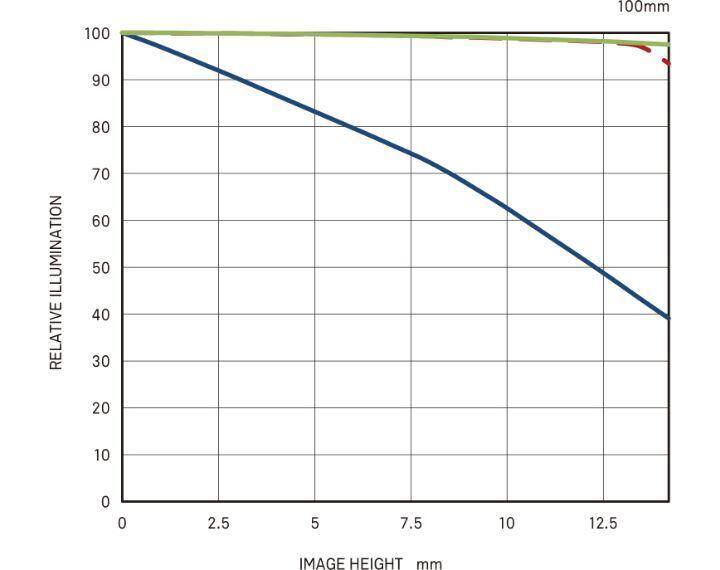

| Camera | SIGMA SD1 Merrll |
|---|---|
| Shutter Speed | 1/1600s |
| Lens F Number | F1.8 |
| ISO | 100 |
| Focal Length | 90mm |
|
Focal length
(35mm equivalent) |
135mm |
| Photographer | Wataru Nakamura |

| Camera | SIGMA SD1 Merrll |
|---|---|
| Shutter Speed | 1/1000s |
| Lens F Number | F1.8 |
| ISO | 100 |
| Focal Length | 100mm |
|
Focal length
(35mm equivalent) |
150mm |
| Photographer | Wataru Nakamura |

| Camera | SIGMA SD1 Merrll |
|---|---|
| Shutter Speed | 1/2500s |
| Lens F Number | F1.8 |
| ISO | 100 |
| Focal Length | 78mm |
|
Focal length
(35mm equivalent) |
117mm |
| Photographer | Wataru Nakamura |
A mid-tele zoom lens delivers
prime lens-level image quality
with a large F1.8 aperture throughout
the zoom range.
An APS-C format mid-tele zoom lens
offering a large F1.8
aperture throughout the zoom range.
Sigma was determined to create a zoom lens that offers the same brightness and resolution as a fixed focal length lens: in other words, the highest level of optical performance and expressive power. The first result of this challenge was the Sigma 18-35mm F1.8 DC HSM | Art. In addition to fulfilling the exacting requirements of Sigma’s Art line, this lens was the world’s first APS-C zoom for DSLRs to offer a constant F1.8 aperture value throughout the zoom range. Building on this concept, Sigma has developed the new Sigma 50-100mm F1.8 DC HSM | Art lens, a large-diameter mid-range telephoto zoom lens. While offering even greater brightness than a F2.8 telephoto zoom, this lens covers the focal lengths of three prime lenses in one package: 85mm F1.8, 105mm F1.8, and 135 mm F1.8 (35mm equivalent). A true game-changer, this lens is ideal for portraits with subtle bokeh effects and more, and it sets a new standard for zoom lens image quality.